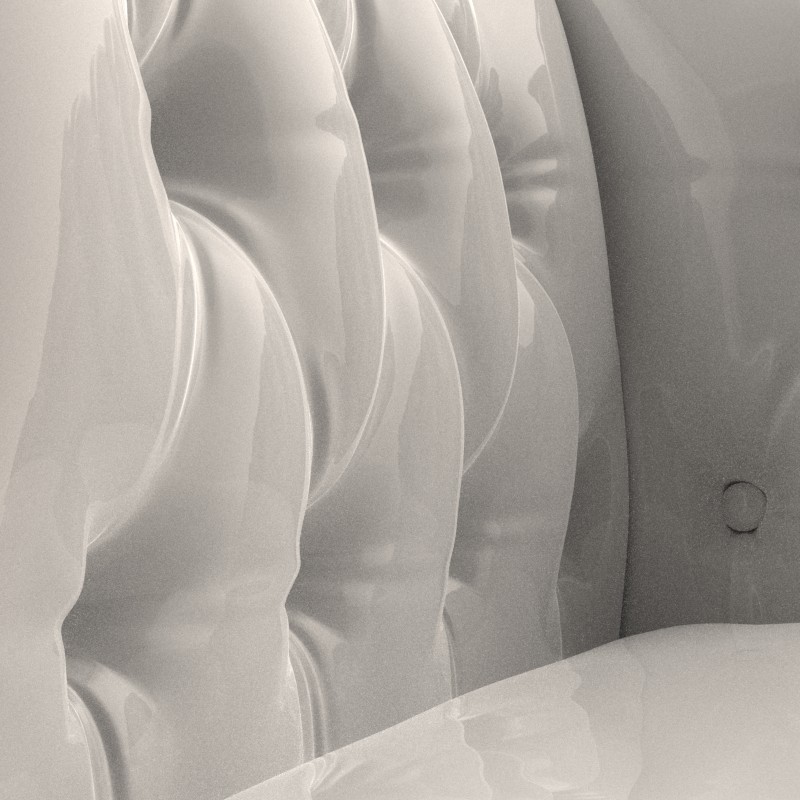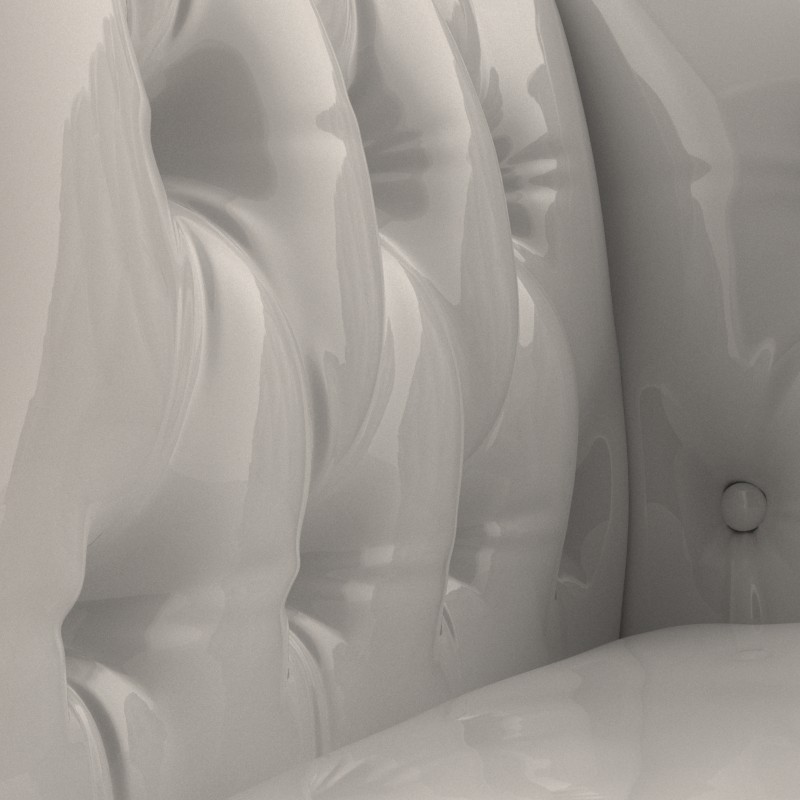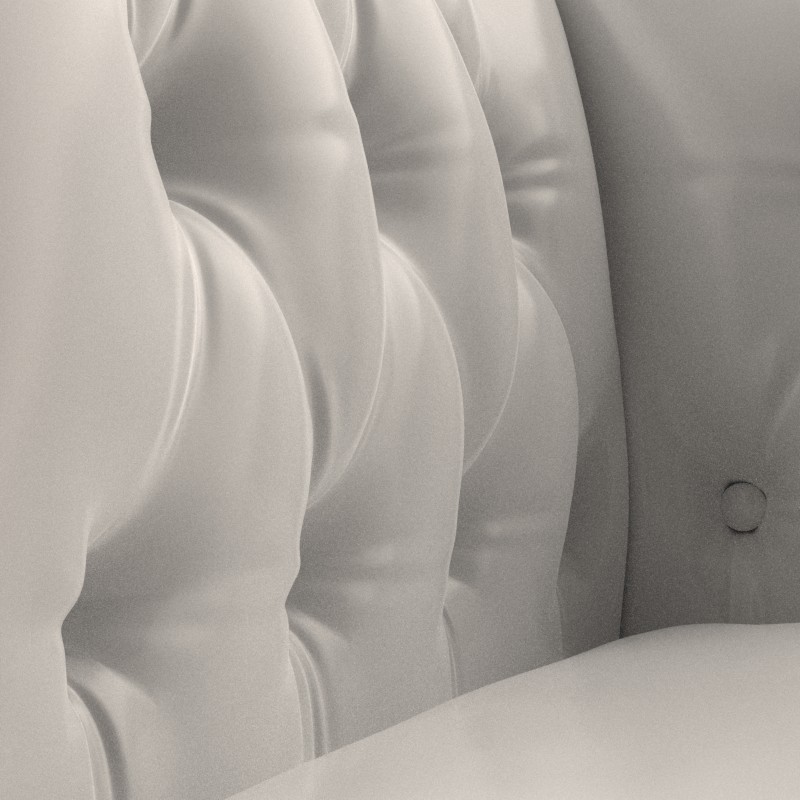eric nixon wrote:Please read Tom's Dos and Donts, posted recently on the maxwell blog.
The only relevant part of that blog entry would be "
[Don't] Use Coatings for creating everyday clearcoats. Plastic approach using 2 BSDF (normal or additive) will be much faster instead.", but this appears to be a recomendation in regards only to speed. Otherwise this would also conflict with what Tom wrote ealier in this thread.
eric nixon wrote:Also the bug when using exactly roughness 0, may have been fixed already.
That seems to be a different issue, though. Increasing roughness does not solve the amplification problem, as I have shown.
eric nixon wrote:Hasn't Tom already acknowledged the issue, and promised that they're working on it?
Not that I'm aware of. He requested my first test scene to investigate, promising to return once he had results. Unfortunately, it seems he didn't get around to it.
eric nixon wrote:I'm pointing out that the problem is quite minor really and quite easy to avoid, i.e. use a normalized setup for very bright shiny-walls/concave-shapes.
Yes, it is possible to work around the problem - as long as you are in full control of the scene, the lighting, as well as other render setting.
But if your objective is to create a library of materials that can be used universally, by anyone, in any scene context and lighting condition, then the problem seems anything but minor.
eric nixon wrote:But overall I'm glad your searching for problems.
Or rather for solutions, I would hope.






 - By Andreas Hopf
- By Andreas Hopf